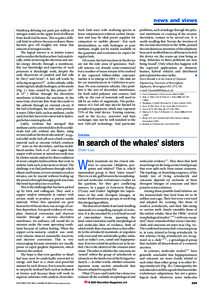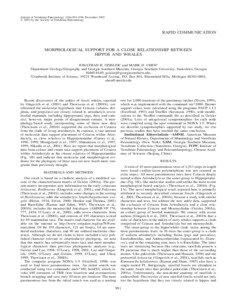 Date: 2012-01-06 10:50:11Cetaceans Transitional fossils Mesonychids Sinonyx Evolution of cetaceans Cetartiodactyla Ungulate Even-toed ungulate Cetacea Cenozoic Phanerozoic Geologic time scale | |  news and views Hamburg defining ten parts per million of nitrogen oxides as the upper level of effluent from fossil-fuel burners. This is quite a difficult limit to achieve because ordinary flame burners give off roughly news and views Hamburg defining ten parts per million of nitrogen oxides as the upper level of effluent from fossil-fuel burners. This is quite a difficult limit to achieve because ordinary flame burners give off roughly
Add to Reading ListSource URL: luo-lab.uchicago.eduDownload Document from Source Website File Size: 240,39 KBShare Document on Facebook
|

 news and views Hamburg defining ten parts per million of nitrogen oxides as the upper level of effluent from fossil-fuel burners. This is quite a difficult limit to achieve because ordinary flame burners give off roughly
news and views Hamburg defining ten parts per million of nitrogen oxides as the upper level of effluent from fossil-fuel burners. This is quite a difficult limit to achieve because ordinary flame burners give off roughly
![Vol 450 | 20/27 December 2007 | doi:[removed]nature06343 ARTICLES Vol 450 | 20/27 December 2007 | doi:[removed]nature06343 ARTICLES](https://www.pdfsearch.io/img/f0a2f2d0bf45f20525fbf899ca8349b2.jpg)

![Vol 450 | 20/27 December 2007 | doi:[removed]nature06343 ARTICLES Vol 450 | 20/27 December 2007 | doi:[removed]nature06343 ARTICLES](https://www.pdfsearch.io/img/5d83750df065366eedeee9973bc5b4dc.jpg)